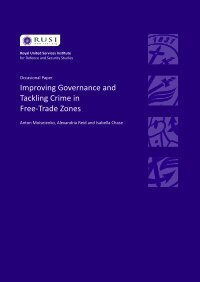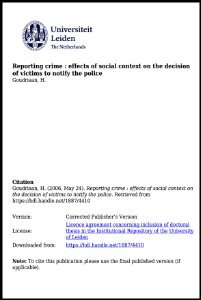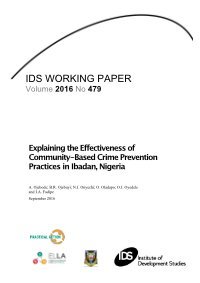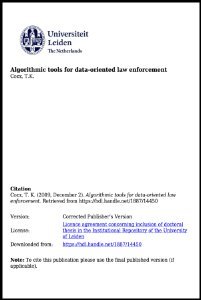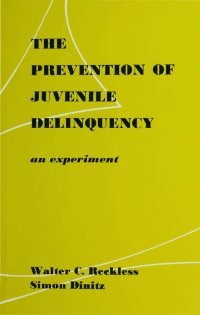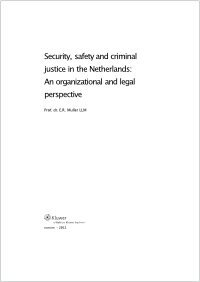By Rasmus Højbjerg Jacobsen
When a policy maker or an administrator decides on how many and which of a number of proposed policy measures to implement an important piece of information is whether the effort is “worthwhile”. The precise meaning of the word “worthwhile” will depend on the context. In some cases, the question of whether a policy measure is worthwhile will be decided on a purely qualitative basis given the results of the policy measure. In other – and perhaps most – cases some sort of money evaluation will be attached to the results, and a total effect in money terms will be used to evaluate the results. This manual is concerned with the latter case. Given the large degree of competition between various projects for public funds, a compelling case for a specific project can be made if a well carried out cost-benefit-analysis shows a resulting surplus. While this criterion is obviously not the only one used, it could be an important factor when preparing policy makers to make decisions about a specific project. The basic idea behind cost-benefit-analysis is simple: calculate all benefits and all the costs associated with a specific effort, subtract the costs from the benefits while carefully addressing the time profile, and use the resulting number as an indicator for the economic profitability of the project. If the result is positive, the project produces an economic surplus, and if it is negative the project leads to an economic loss. Although this principle is simple the actual calculation is, however, in most cases somewhat more cumbersome, since the costs and benefits of a given effort can be difficult to determine. This is true for a number of reasons. First, it can be hard to decide whether the outcome for a group of participants is in fact a consequence of program participation or whether part of the outcome would have occurred anyway, in which case the resulting outcome cannot be fully attributed to the program. Second, although outcome is perhaps only measured in terms of relatively few variables, the outcomes of other, not measured, variables can also be expected to be influenced by the policy measure. In order to fully capture the program effect the outcome of these unmeasured variables also needs to be assessed.
Copenhagen: Copenhagen Business School, Centre For Economic And Business Research , 2013. 42p.



